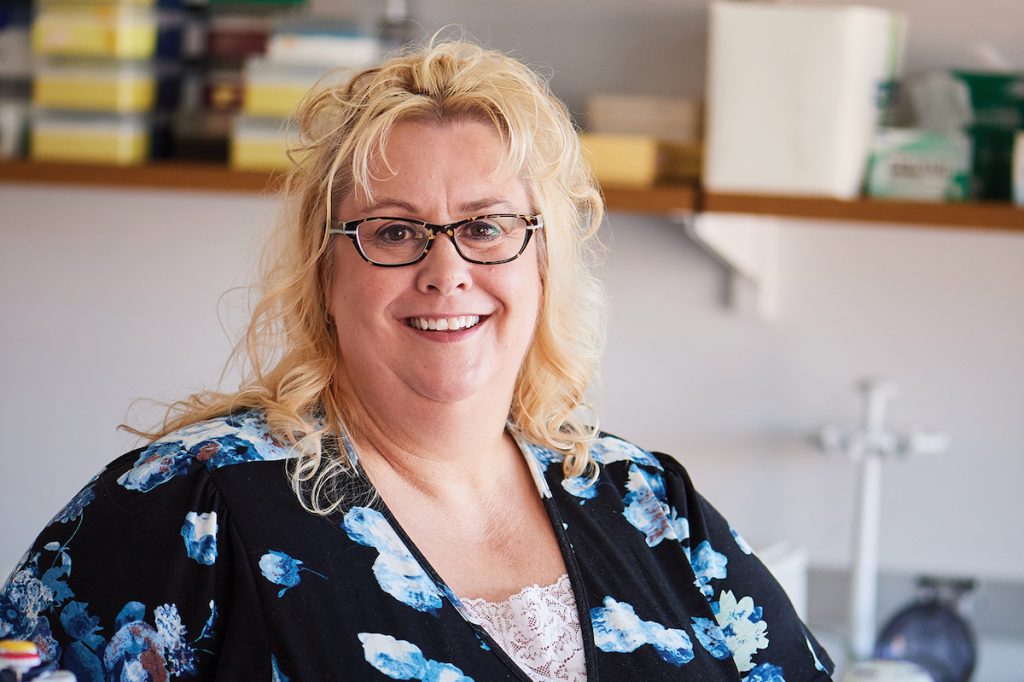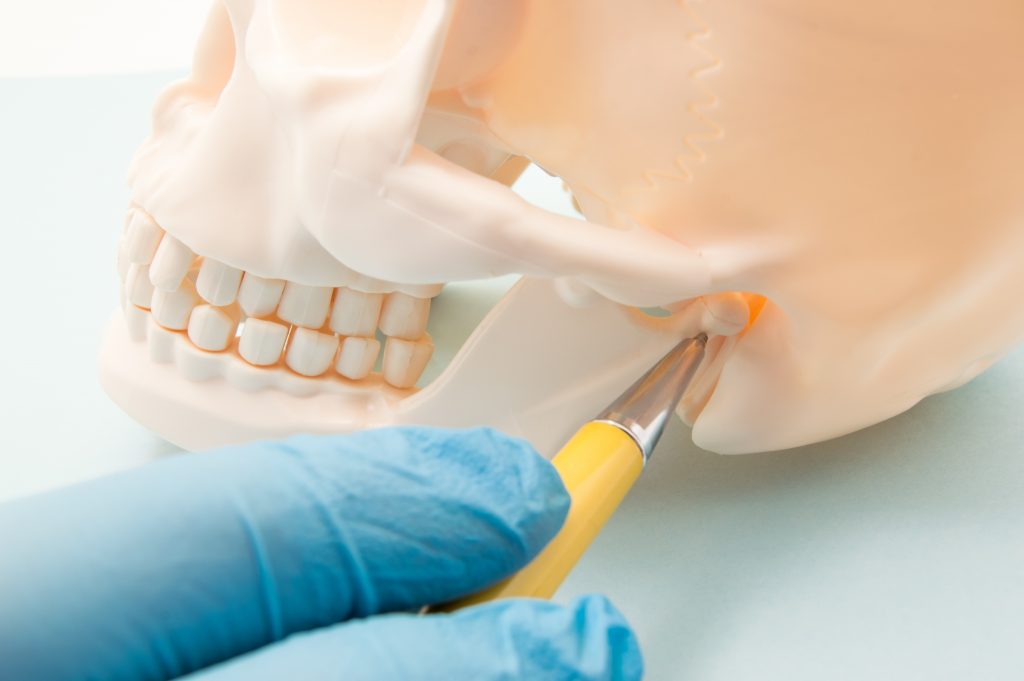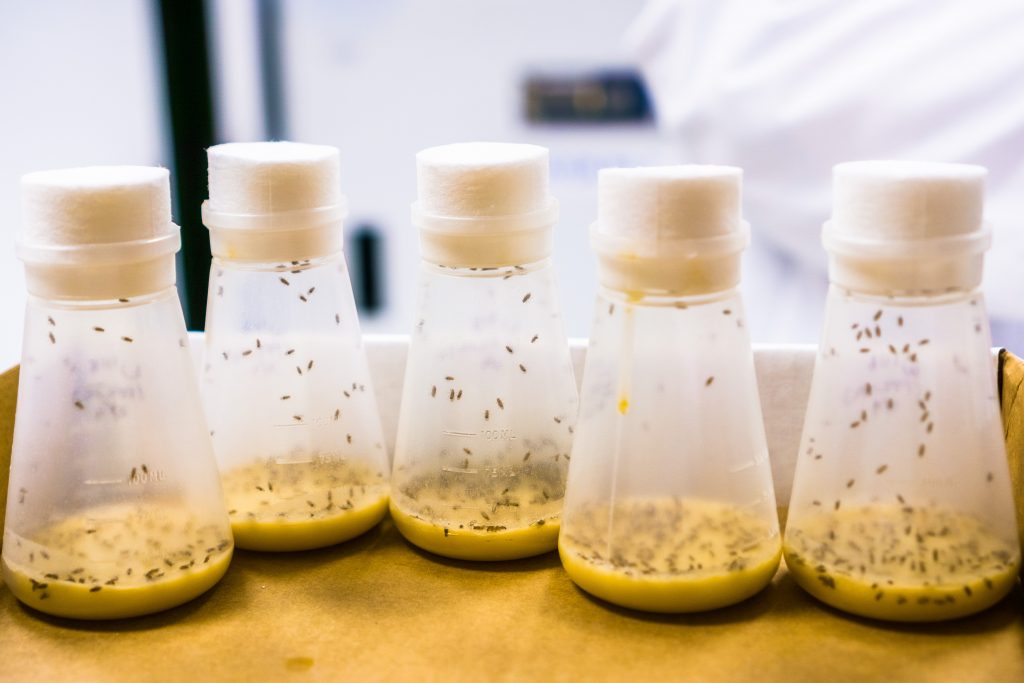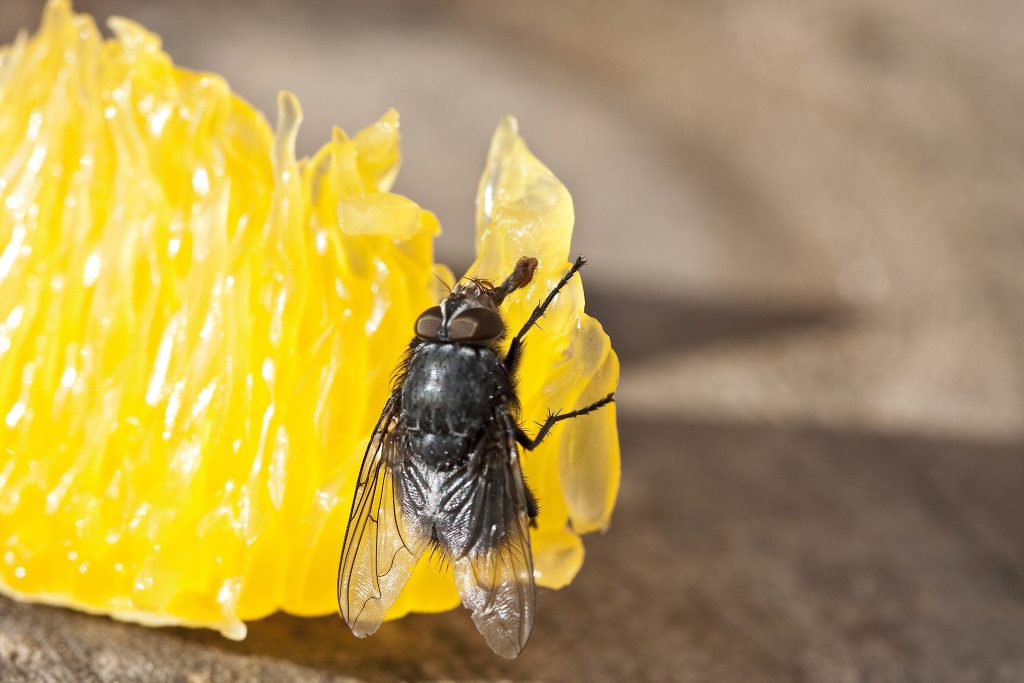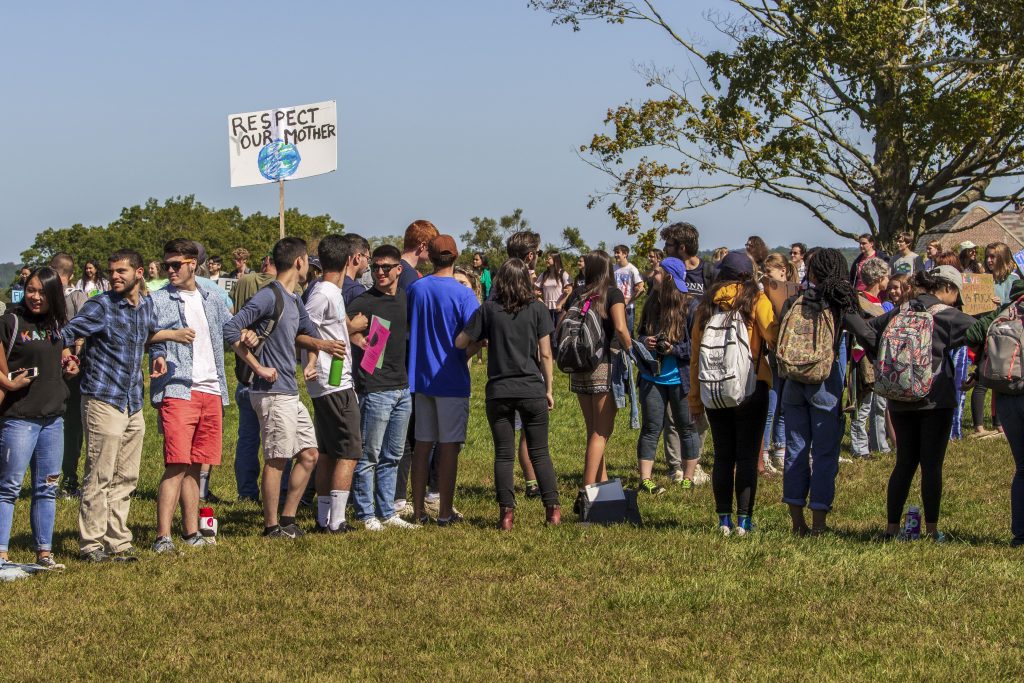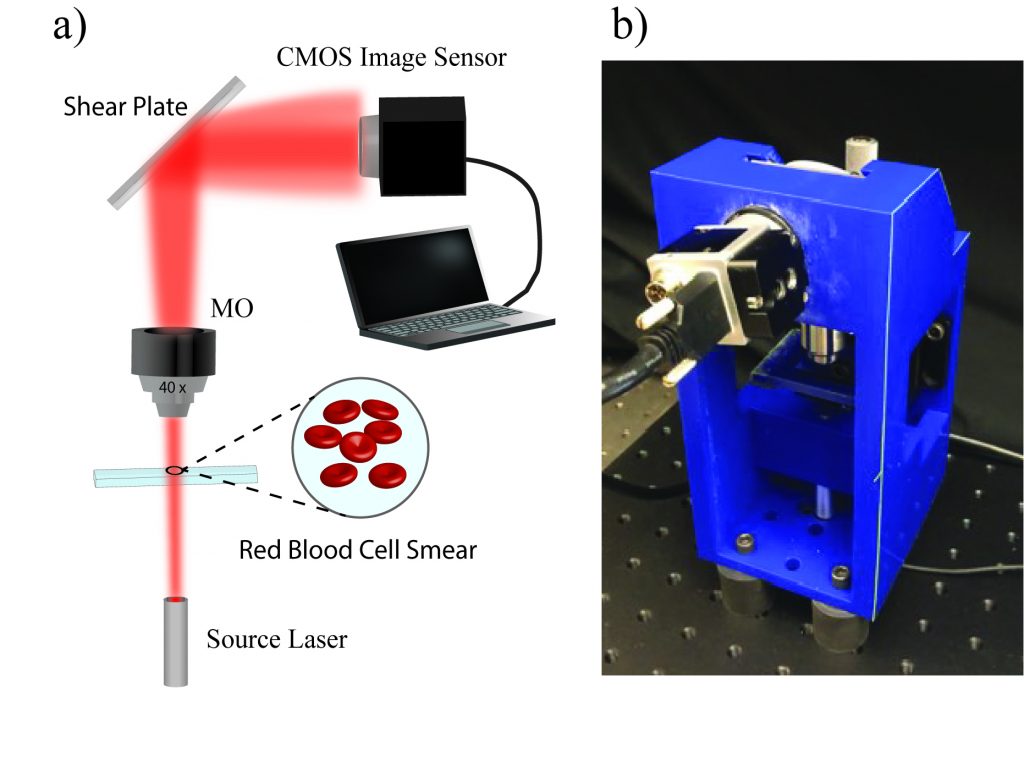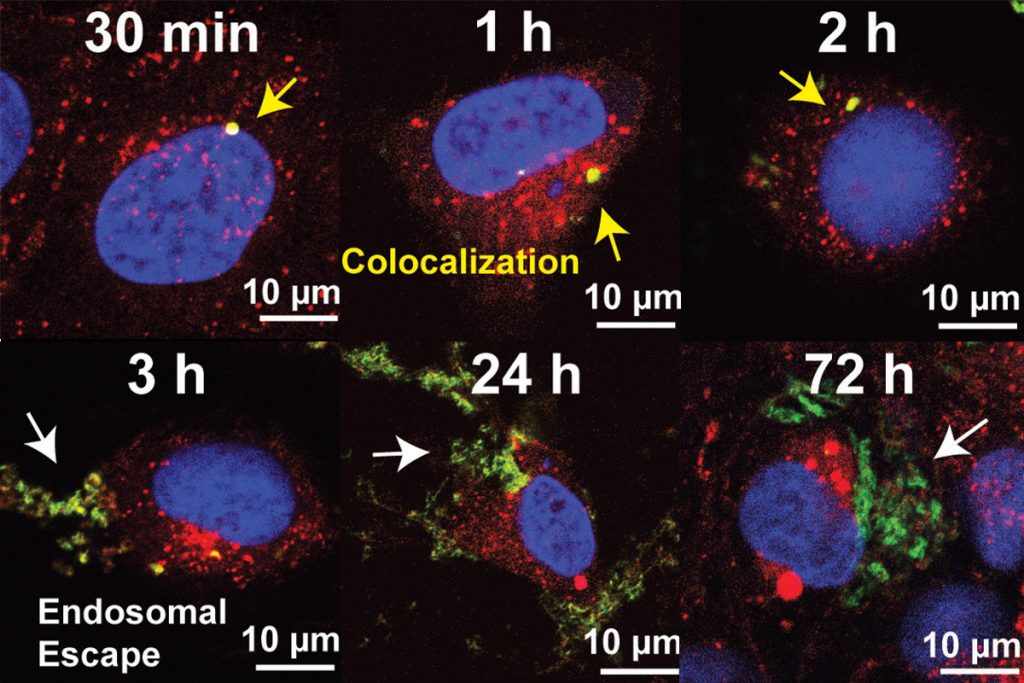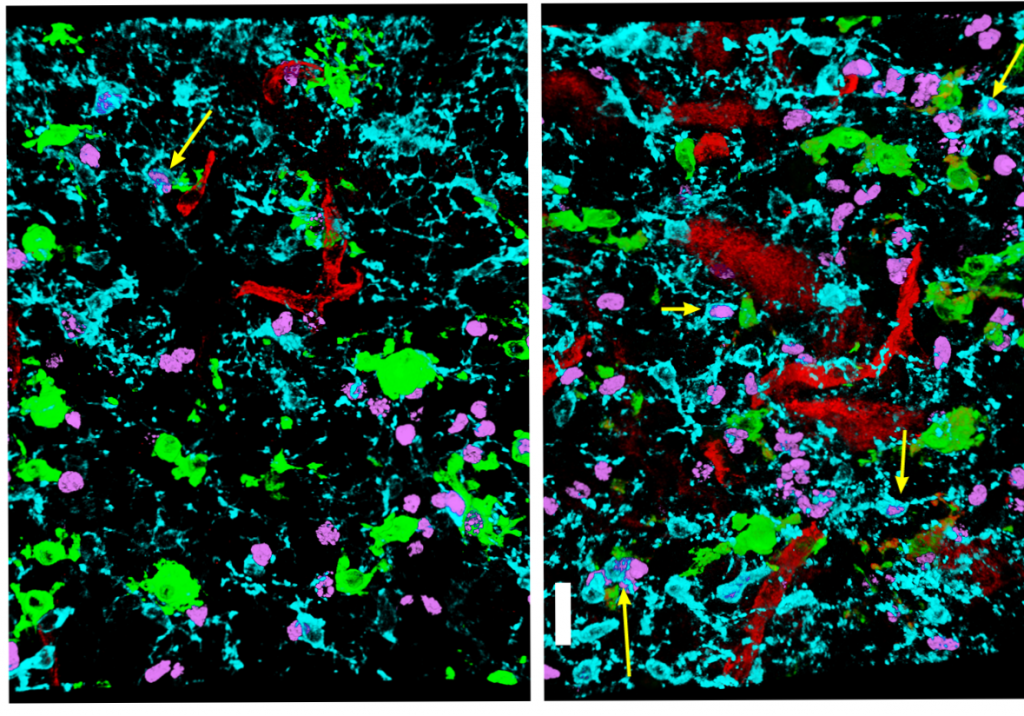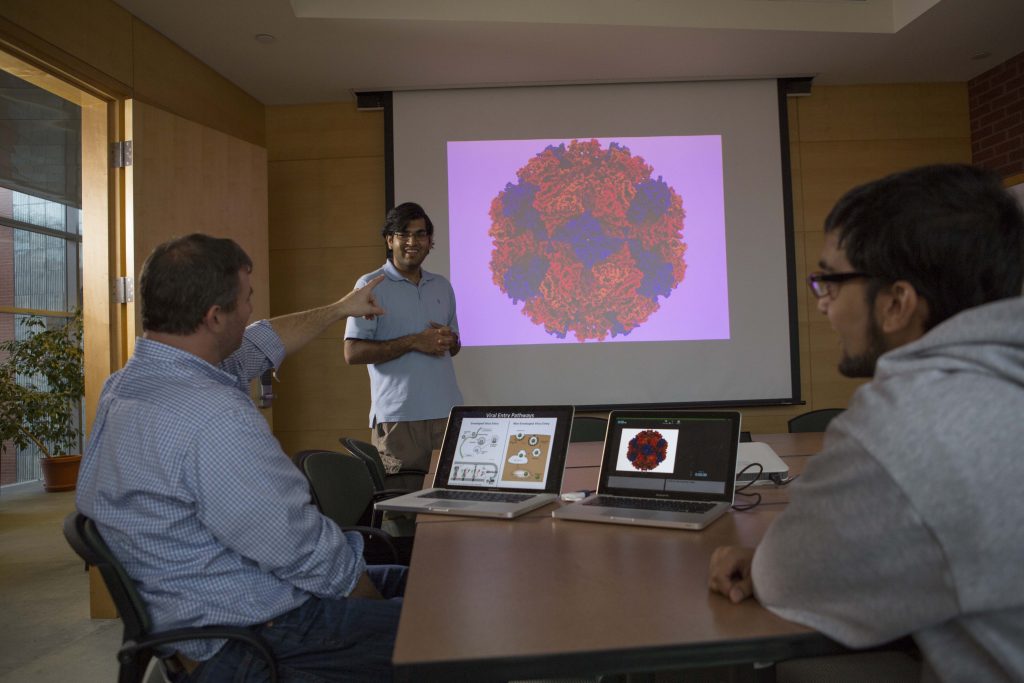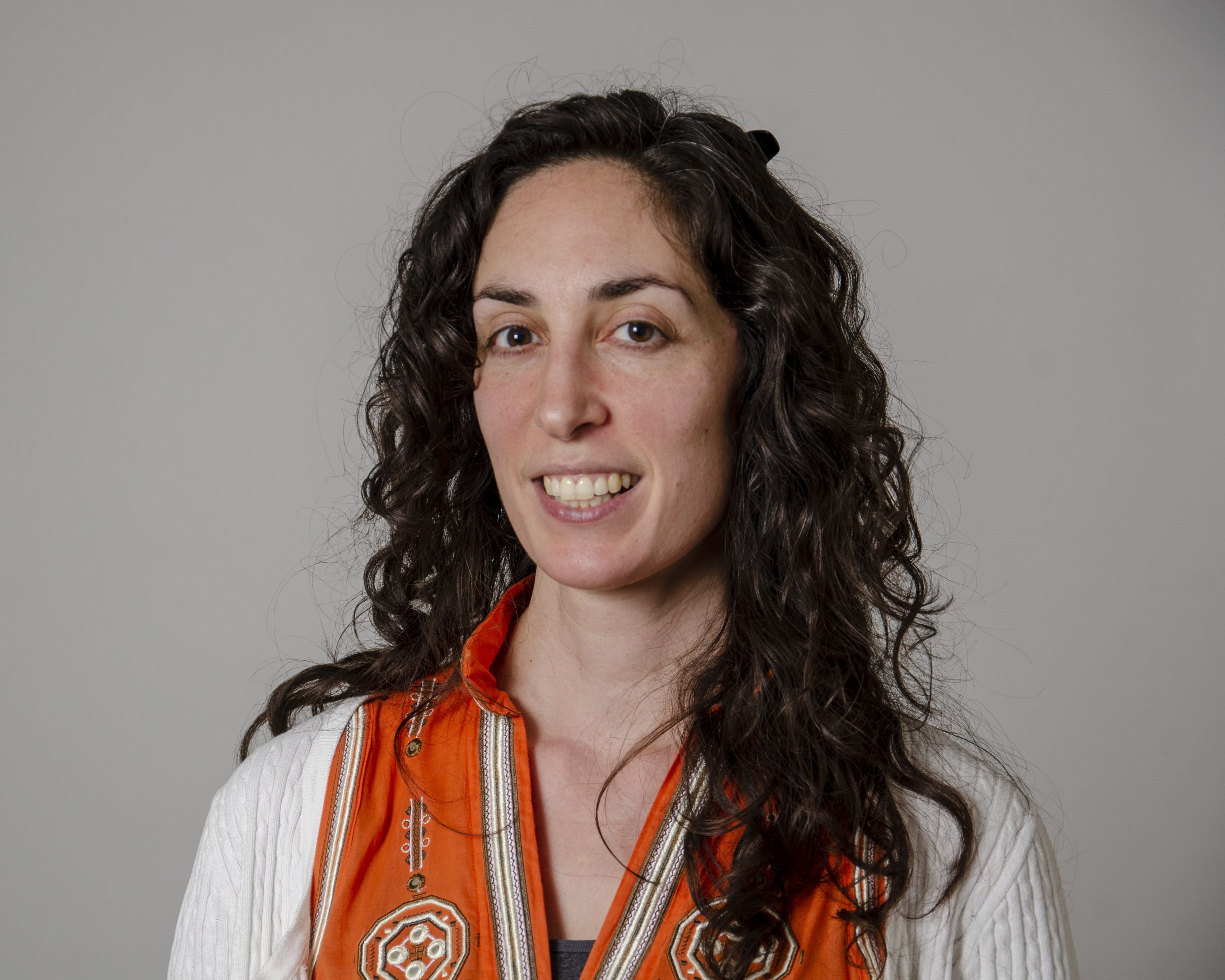
Writer
Kim Krieger
Kim Krieger has covered politics from Capitol Hill and energy commodities from the floor of the New York Mercantile Exchange. Her stories have exposed fraud in the California power markets and mathematical malfeasance in physics. And she knows what really goes on in the National Radio Quiet Zone. These days, Kim tells clear, compelling stories of the research at UConn. Her work connects Connecticut citizens and the press with the vast resources of their flagship public university. When not at UConn, she can be found kayaking among the beautiful Norwalk islands, digging in her garden, or occasionally enjoying the silence in the National Radio Quiet Zone.
Author Archive
UConn Magazine: Diversity and Inclusion in Genetics
Genetics — especially our own, and the secrets we can learn with it about our ancestors’ past and our medical future — have captivated the nation.
July 15, 2021 | Kim Krieger
Killing Off Old Cells Might Mean Relief from Persistent Jaw Pain
'Senescent cells' resist the body's normal process of removing damaged cells
July 7, 2021 | Kim Krieger
UConn Researcher’s Work with Flies Could Be a Birth Control Boon
If a drug stops ovulation in both flies and mice, it’s likely to work in humans, too
July 6, 2021 | Kim Krieger
For Future Flood Control, Cities Need Strategy
What we consider a 100-year event is a conservative version of a 10-year event plus 20 inches—what will be a normal flood in 2050
July 1, 2021 | Kim Krieger
Odd Smell: Flies Sniff Ammonia in a Way New to Science
Understanding how insects sense odors could help out humans and crops
June 29, 2021 | Kim Krieger
Hot, Wet, Connecticut Summer Webinar
The Connecticut Institute for Resilience and Climate Adaptation is hosting a series of webinars on climate change and public policy
June 7, 2021 | Kim Krieger
UConn Researchers Develop Cheap, Accurate Device to Diagnose COVID-19
How red blood cells and laser light offer the opportunity to make a rapid diagnosis
May 26, 2021 | Kim Krieger
Escape From the Endosome!
An innovative approach that prove valuable for developing new medicines
May 17, 2021 | Kim Krieger
Repairing Nerves Requires Prods of Protein
It turns out the 'bad guys' of the brain aren't so bad after all
May 5, 2021 | Kim Krieger
Raising the Odds Against Viral Infection
Learning how viruses slip into cells, with an eye toward making it harder for them
April 23, 2021 | Kim Krieger
